QR codes on posters represent a fusion of traditional and digital marketing, offering a seamless transition from physical to online platforms. In this blog post, we'll explore how to use QR codes on posters, how to create them, and useful tips.
We gathered 14 creative use cases of QR codes on posters so that you can get inspiration. Let's discover them!
Benefits of Using QR Codes on Posters
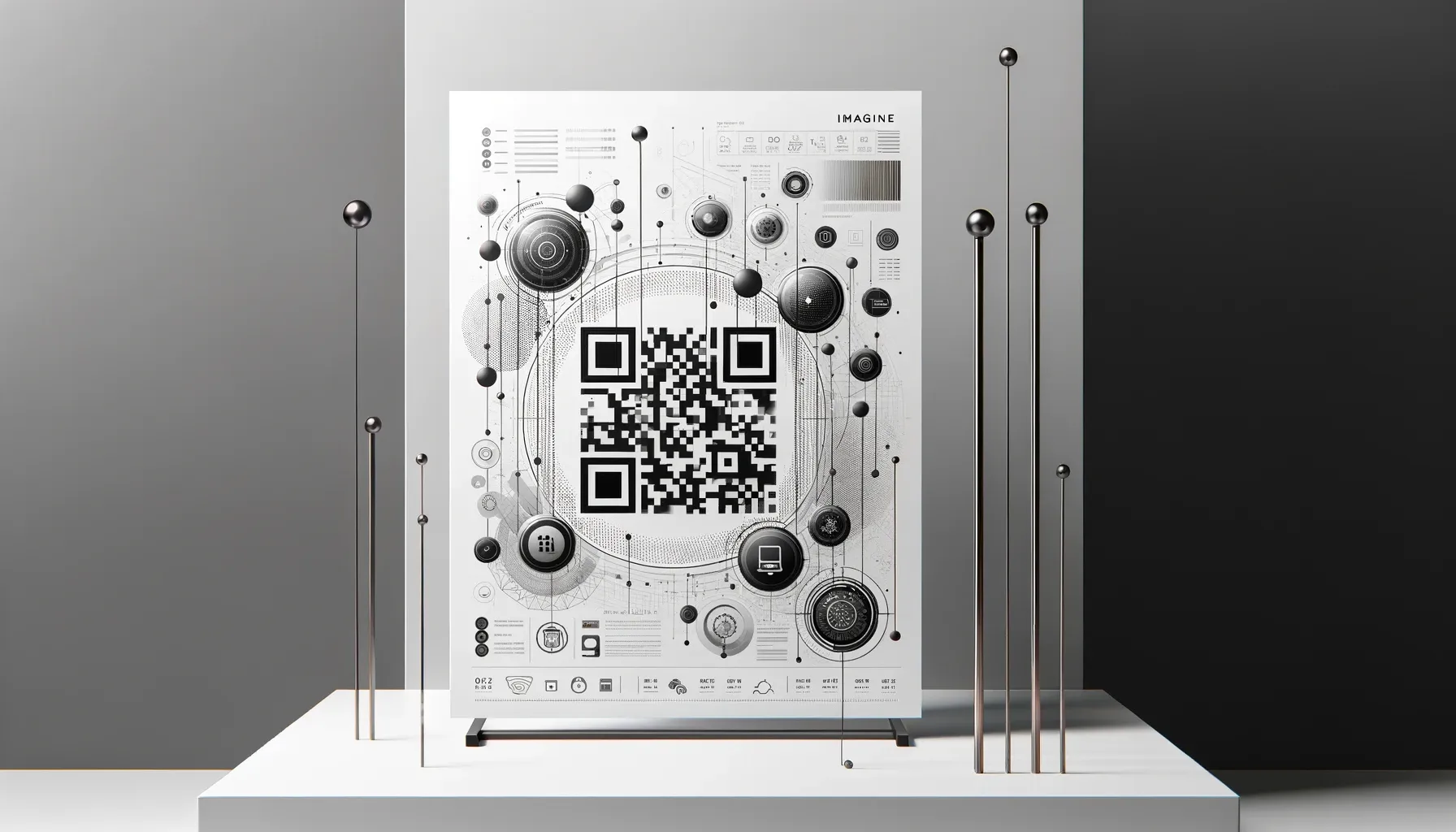
Integrating QR codes into poster designs is not just a trend; it's a strategic move that amplifies the effectiveness of your marketing efforts. Here's why:
- It's Changeable: Unlike the static information traditionally found on posters, the content linked to a QR code can be updated or changed without needing to reprint the poster. This flexibility allows for timely updates and prolonged use of marketing materials.
- Makes Digital Marketing Campaigns Measurable: QR codes bridge the gap between offline and online marketing, enabling the tracking of engagement and effectiveness through scans and conversions.
- Easy to Design: Creating a QR code is straightforward and can be done with various online tools, making it accessible for businesses of all sizes.
- Versatile Use in Various Industries: From retail to real estate, healthcare to hospitality, QR codes on posters are versatile tools that can serve a multitude of purposes across industries.
- Increases Engagement: By providing a direct link to digital content, QR codes on posters encourage interaction and engagement from the audience.
- Boosts Brand Awareness: Customizable QR codes can include logos and color schemes, reinforcing brand identity and recognition.
- Saves Space: A QR code takes up minimal space on a poster but can link to vast amounts of information, saving valuable real estate for design and messaging.
- Offers Measurable Results: The ability to track scans and actions taken post-scan provides valuable insights into campaign performance and ROI.
- Provides Versatile Functions: Beyond linking to websites, QR codes can initiate downloads, make calls, send messages, and more, offering a range of functionalities to engage users.
- Improve Overall User Experience: QR codes on posters streamline the user's journey from interest to action, enhancing the overall experience and satisfaction.
How to Create a QR Code for a Poster
Creating an effective QR code for a poster is like crafting a key that unlocks a treasure trove of digital content. It's not just about generating a code; it's about ensuring it leads to a meaningful, engaging experience for your audience.
Let's walk through the steps to create a QR code that looks great and performs brilliantly with QRCodeDynamic.
- Sign Up, Login, and Choose the Right Type of QR Code: Before diving into design, selecting the type of QR code that best suits your needs is crucial.
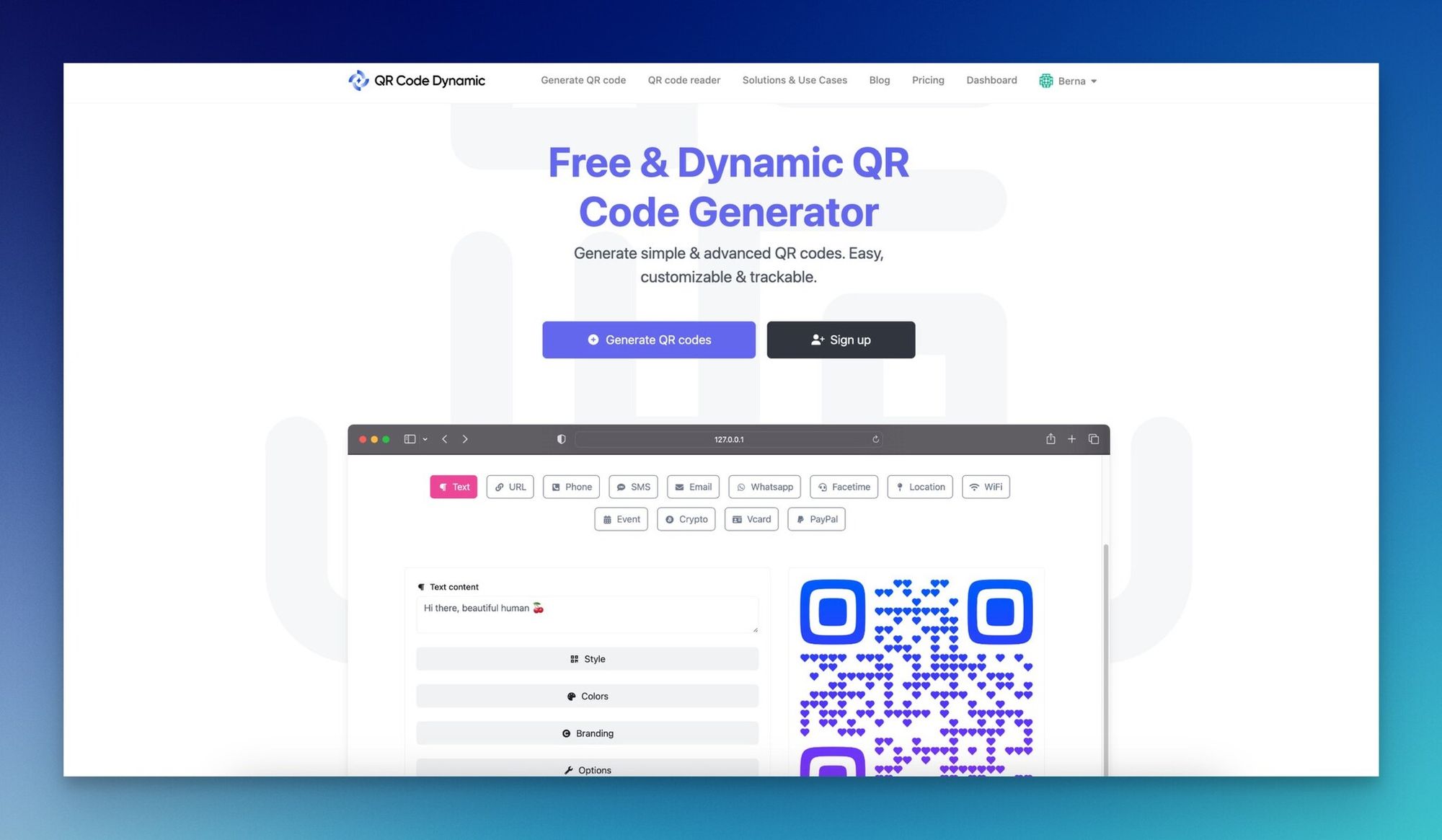
- Create the QR Code: Creating the QR code is the first real step in bringing your digital campaign to life. Use a reputable QR code generator like QRCodeDynamic, which offers both static and dynamic options.
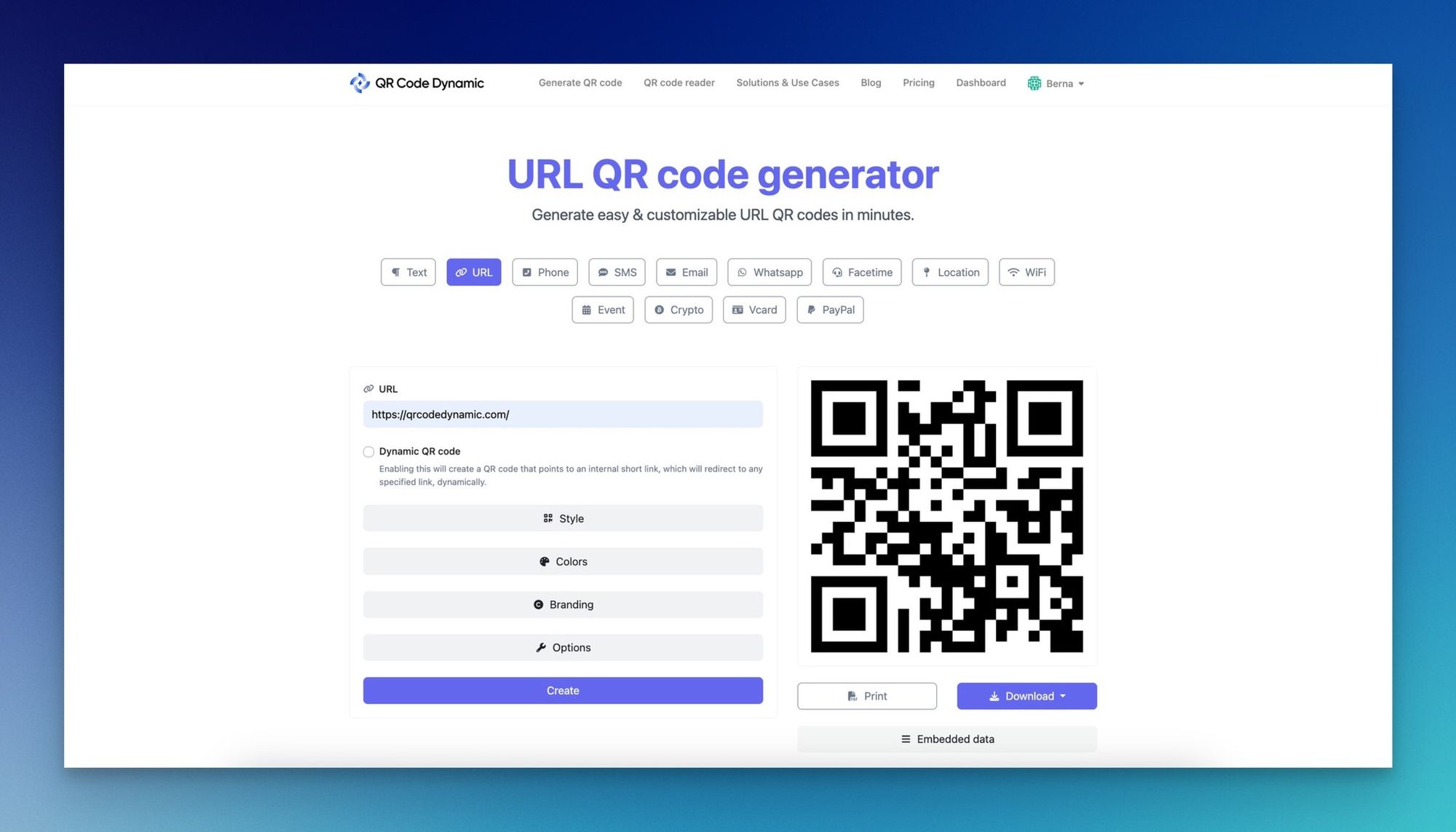
Enter the URL to which you want the QR code to link, ensuring it's correct and leads to a mobile-optimized page. Mobile optimization is key, as most users will access the content through their smartphones.
- Modify the Design: Play with colors, add your logo to the center, and choose shapes that reflect your brand's style. However, maintain sufficient contrast between the code and the background to ensure scanability.
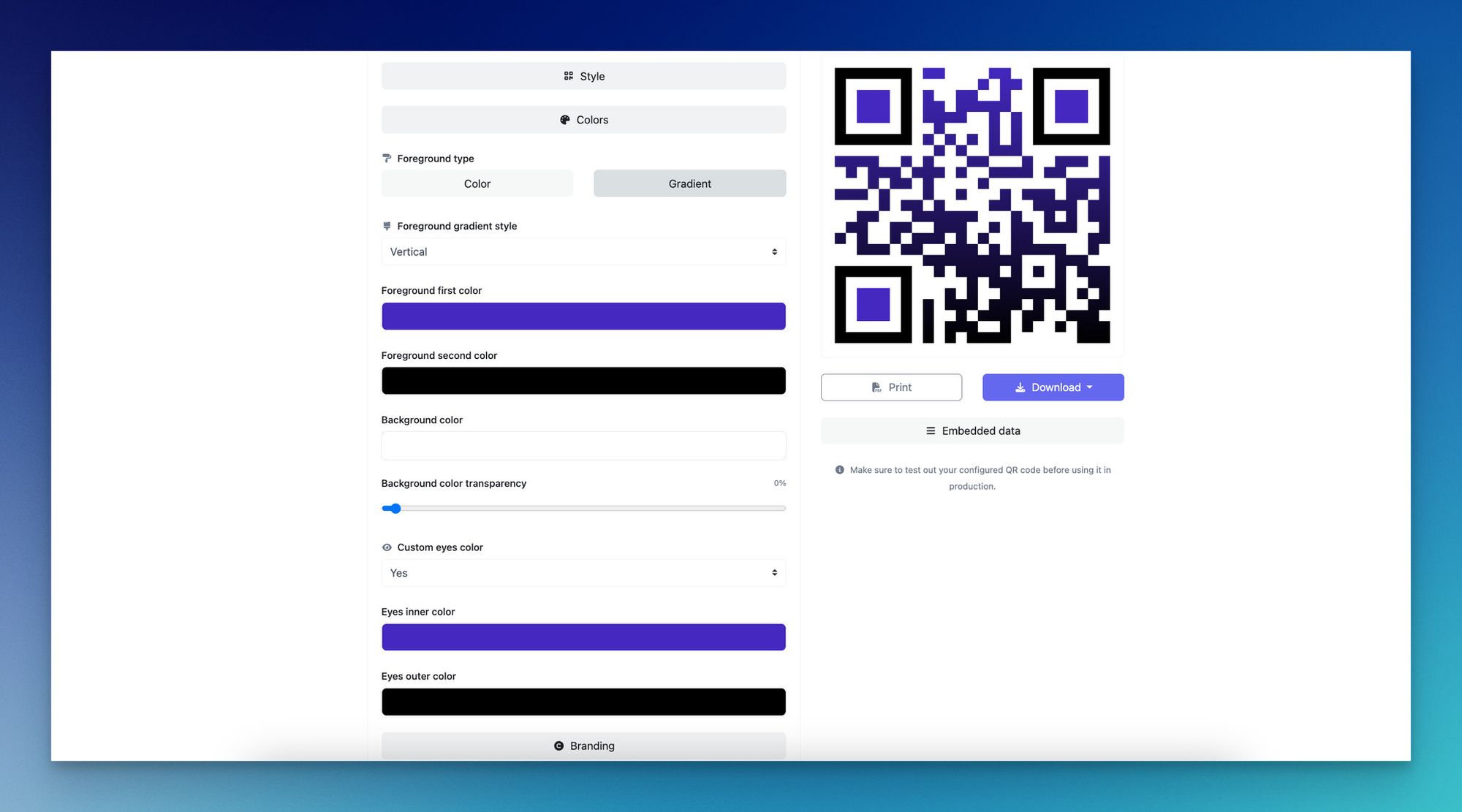
Click the "Create" button once you finish customizing it.
- Test the Code: Testing is perhaps the most critical step in the process. Scan the QR code with multiple devices and QR code readers to ensure it works flawlessly. Ensure the landing page loads quickly and displays correctly on various screen sizes, providing a seamless user experience.
- Print the Code: Once tested, your QR code is ready to be incorporated into your poster design. Ensure the code is large enough to be easily scanned from a reasonable distance, typically a minimum of 1.2 inches (3 cm) square for posters viewed up close.
- Track Analytics: Track the number of scans, user locations, devices used, and even the time of day when the scans occur. This data is invaluable for understanding engagement patterns, measuring campaign success, and informing future marketing strategies.
14 Creative Use Cases of QR Codes on Posters
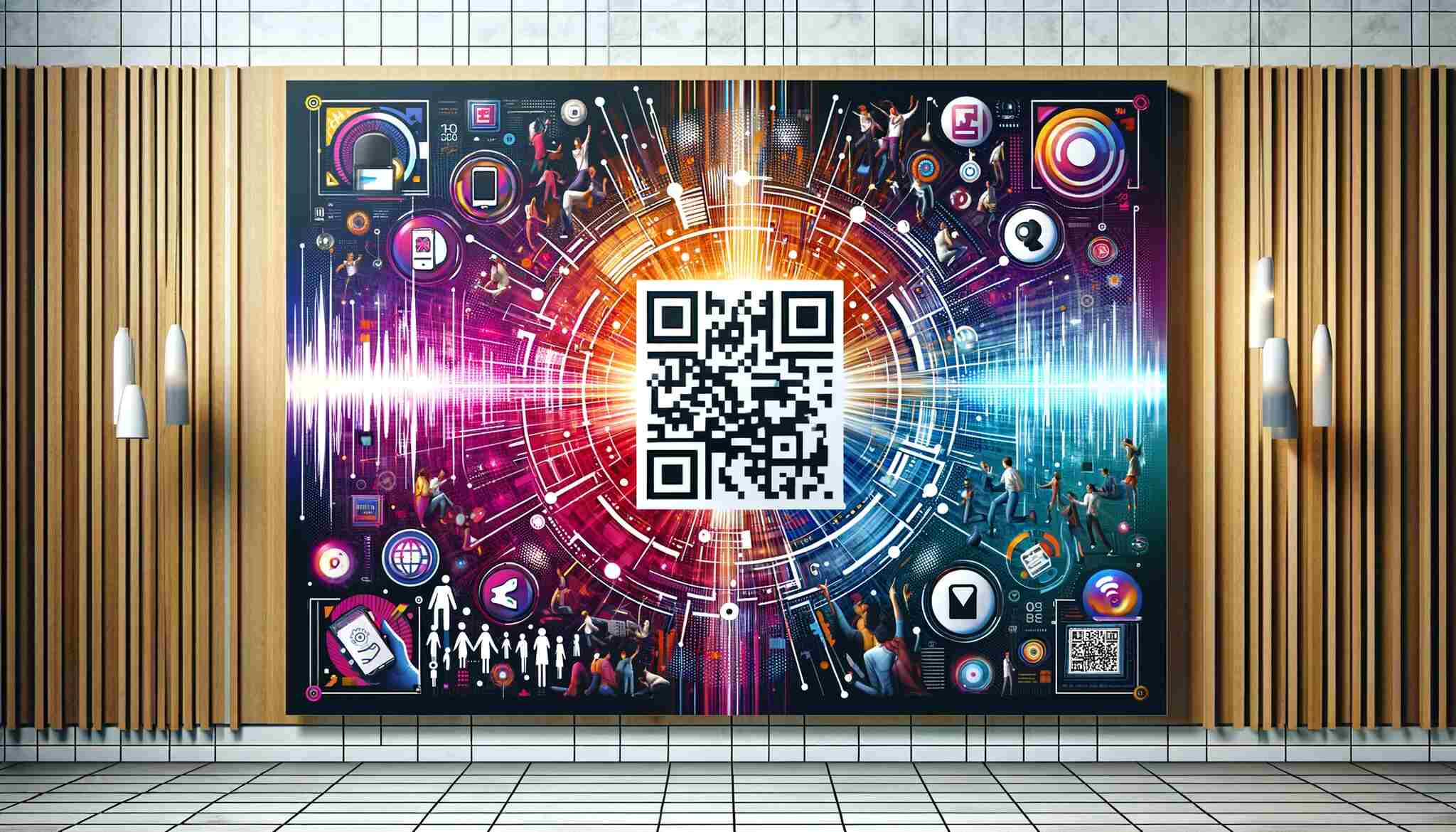
The advent of QR codes has revolutionized the way we interact with posters, transforming them from static displays into interactive portals that offer a wealth of information and opportunities for engagement.
From promoting events to enhancing customer experiences, the applications of QR codes on posters are as diverse as they are innovative.
Let's explore some of the most creative uses of QR codes on posters, inspiring how you can leverage this technology in your marketing efforts.
1. Product Promotions
Businesses can use QR codes on posters to promote specific products, offering detailed information, user reviews, or even augmented reality experiences. This direct link to product details can significantly influence purchasing decisions and enhance the shopping experience.
2. Promote Shows & Events
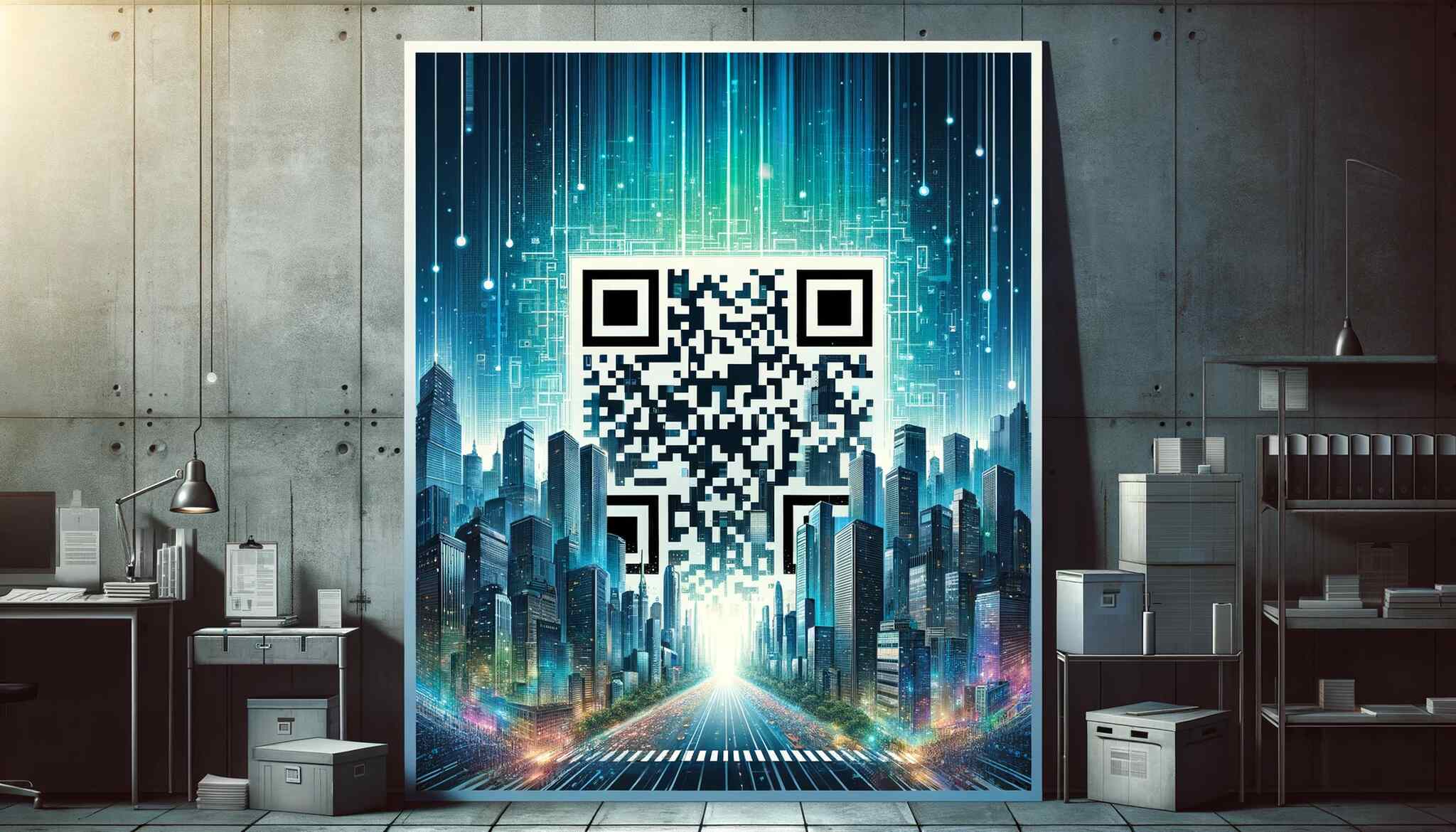
One of the most popular uses of QR codes on posters is in the entertainment industry, especially for promoting concerts, theater productions, and other events.
By scanning the QR code, potential attendees can instantly access videos of performances, artist interviews, or even a playlist related to the event.
This boosts interest and engagement and provides a seamless way to purchase tickets or learn more about the event details.
Event organizers use QR codes on posters to streamline the promotion and registration process. Scanning the code can lead to event details, schedules, and a simple registration or ticket purchase interface, making it easier than ever for people to attend events.
3. Advertise for Sales and Seasonal Promotions
Retailers are capitalizing on the power of QR codes by incorporating them into posters, advertising sales, and seasonal campaigns. Scanning the QR code can lead customers to online coupons, exclusive deals, or a sneak peek at upcoming product releases.
This strategy drives in-store traffic and boosts online engagement, creating a cohesive omnichannel marketing experience.
4. Display in Galleries and Museums
Galleries and museums are using QR codes to enrich the visitor experience. By placing QR codes next to artworks or exhibits, visitors can access a treasure trove of information, including the piece's history, the artist's biography, and audio guides.
This not only enhances the educational aspect of the visit but also allows for a deeper connection with the art, all without cluttering the space with extensive written descriptions.
5. App Downloads
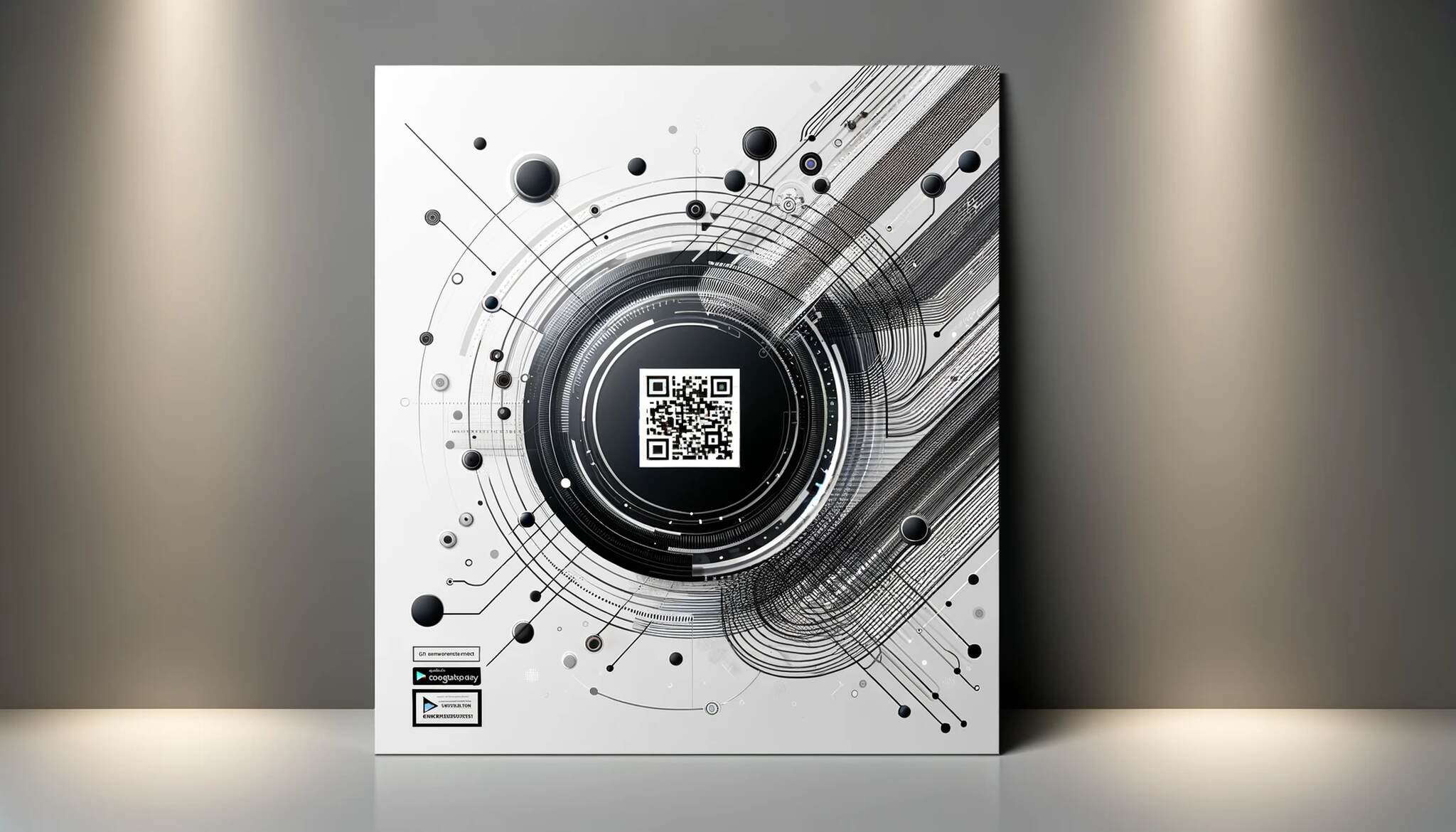
Companies promoting their apps can use QR codes on posters to direct potential users to the app store, simplifying the download process and increasing app adoption rates.
By placing QR codes on posters, businesses create a digital shortcut for potential users, leading them directly to the app store. It's as simple as scanning, tapping, and downloading! This seamless strategy reduces the need for your customers to manually search for the app and ensures a hassle-free download experience.
These QR-enabled posters help to elevate visibility, simplify the user download journey, and ultimately boost app adoption rates.
6. Social Media Marketing
QR codes can bridge a brand's social media platforms, encouraging users to follow, engage, and share.
This boosts the brand's social media presence and fosters a community of engaged followers.
With a simple scan of a QR code, users are whisked directly to a brand's social media profiles. This effortless linkage motivates users to follow, engage, and share at a level that traditional marketing strategies might find hard to match.
More than just boosting your brand’s social media presence, QR codes on posters help to cultivate a vibrant, interactively engaged online community. This strengthens your brand's identity and elevates your message far and wide.
7. Contact Information
Businesses and professionals are using QR codes to share contact information seamlessly.
Easy access to your contact information increases the likelihood of meaningful business connections and successful customer conversions.
A quick scan can save contact details directly to a smartphone, eliminating the need for business cards and ensuring the information is easily accessible.
8. Restaurant Menus
Due to health concerns, many restaurants have adopted QR codes on their entrance posters to provide access to digital menus. This minimizes physical contact and allows for real-time menu updates and special promotions.
You can include QR codes on your menus to display special offers, seasonal menus, and so on to enrich your menu as well.
See: Top 16 QR Code Ideas for Restaurants & Bonus Tips
9. Instant Wi-Fi Access
Businesses, especially in the hospitality sector, use QR codes to simplify Wi-Fi access.
Guests can instantly scan the code to connect, enhancing their experience and satisfaction.
This innovative use of QR codes enhances guests' overall experience and satisfaction by ensuring hurdle-free, secure, and efficient Wi-Fi access. It represents a modern, guest-centric approach ensuring smooth connectivity.
10. Fundraisers
Non-profits and charitable organizations can use QR codes on posters to facilitate donations. By scanning the code, donors can quickly access a donation page, making the process effortless and encouraging more contributions.
An effortless scan significantly simplifies the donation pathway, making it immensely user-friendly while inspiring more individuals to contribute.
11. Limited-Time Promotions
QR codes are perfect for highlighting limited-time offers and promotions.
QR codes placed on posters can instantaneously connect customers to your limited-time deals. With just a quick scan, your customers can be directed to your exclusive promotions, catapulting your offers into the immediacy of their digital world.
By integrating QR codes, you foster an atmosphere of urgency, which is key to promoting quick consumer action.
Moreover, using QR codes for promotions isn't only about immediate customer engagement. They also offer valuable data on campaign performance—shaping data-driven decisions for future marketing strategies.
12. Movie Posters & Teasers
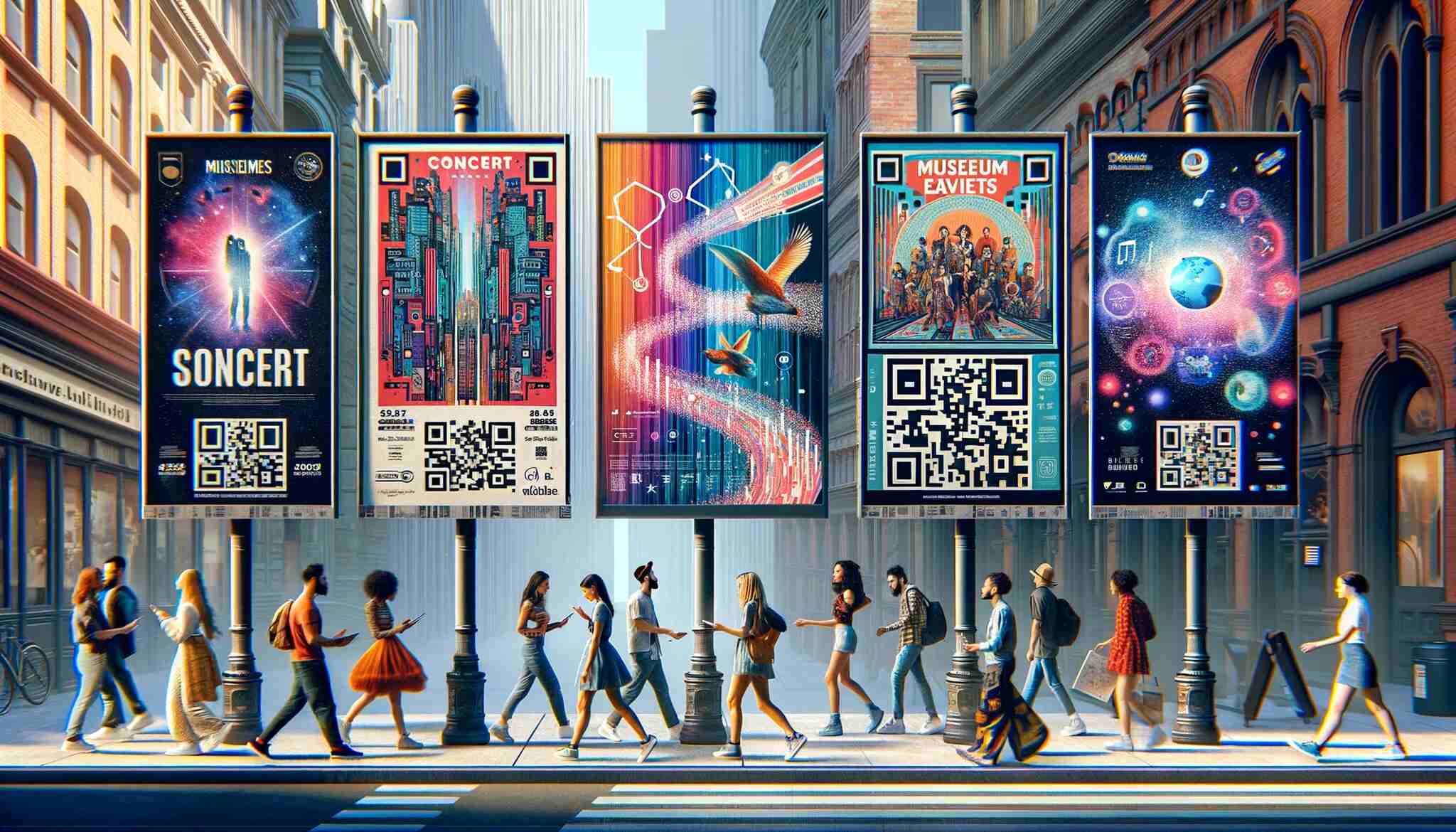
Movie posters with QR codes offer a unique way to captivate potential viewers. Scanning the code can lead to trailers, behind-the-scenes content, or interviews with the cast, providing an immersive experience that builds anticipation and excitement for the film's release.
This strategy enhances the marketing of the movie and creates a memorable interaction with the poster.
Film studios are using QR codes on posters to offer exclusive teasers, bonus content, or interactive experiences related to upcoming movies, enhancing the promotional campaign and engaging potential viewers.
13. Place QR Codes Near Community Boards
Community boards are information hubs, and QR codes can take this to the next level.
Whether it's for local events, public service announcements, or community projects, QR codes can provide instant access to additional details, registration forms, or even interactive maps.
This use of QR codes fosters a more engaged and informed community, making it easier for residents to participate in local initiatives.
14. Gathering Customer Feedback
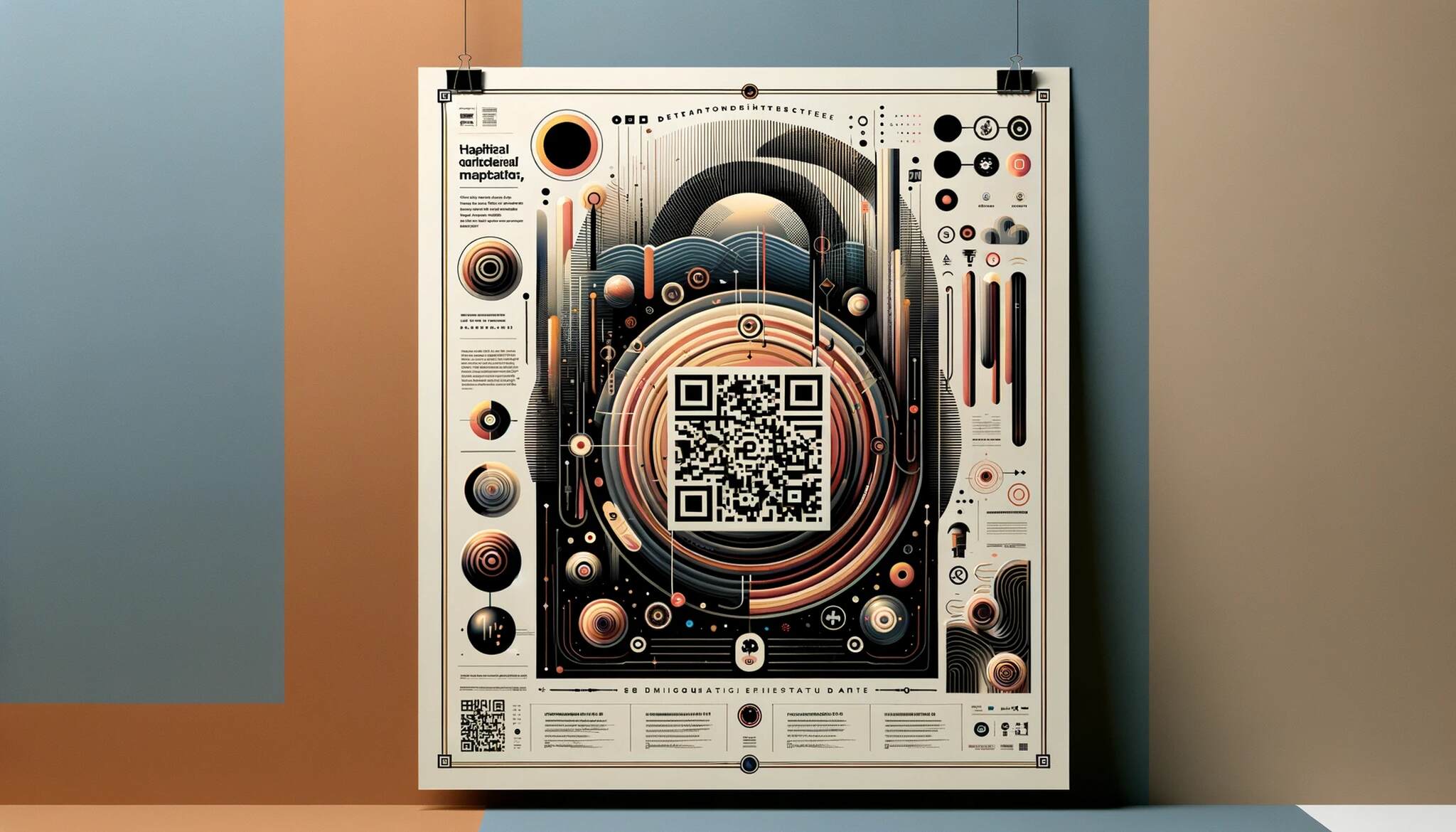
Businesses are incorporating QR codes into their posters to solicit customer feedback. By scanning the code, customers can easily access a platform to leave their feedback.
That way, you can gather customer feedback quickly and easily with QR code surveys. By exploring this feedback, you can make necessary improvements and changes.
Conclusion
In wrapping up our journey through the dynamic world of QR codes on posters, it's clear that this technology bridges traditional posters' tactile appeal and digital media's interactive potential.
Whether boosting brand awareness, engaging with your community, or enhancing customer experiences, QR codes provide a versatile, measurable, and user-friendly solution.
Embrace the blend of creativity and technology; let QR codes elevate your printed marketing game. Remember, innovation is key in the realm of marketing, and QR codes on posters are your ticket to captivating and connecting with your audience in ways you never thought possible.
Frequently Asked Questions
Why should I use QR codes on posters?
QR codes on posters can transform static displays into interactive experiences, offering numerous benefits such as real-time updates, environmental friendliness, measurable marketing campaigns, increased user engagement, and much more.
Can QR codes on posters be customized to match my brand?
Modern QR code generators offer extensive customization options, allowing you to adjust colors, add logos, and select shapes that resonate with your brand's identity, ensuring that the QR code complements your poster design.
Can I change the information linked to a QR code after printing it?
With dynamic QR codes, you can update the linked information or URL without changing the QR code itself, making it an ideal choice for campaigns that might require timely updates.
How large should a QR code be on a poster?
The size of a QR code on a poster should be large enough to ensure it's easily scannable from a distance. A general rule is that the QR code should be at least 1.2 inches (3 cm) square for close viewing, with size adjustments for larger posters or greater viewing distances.
Discover our latest blog posts:


